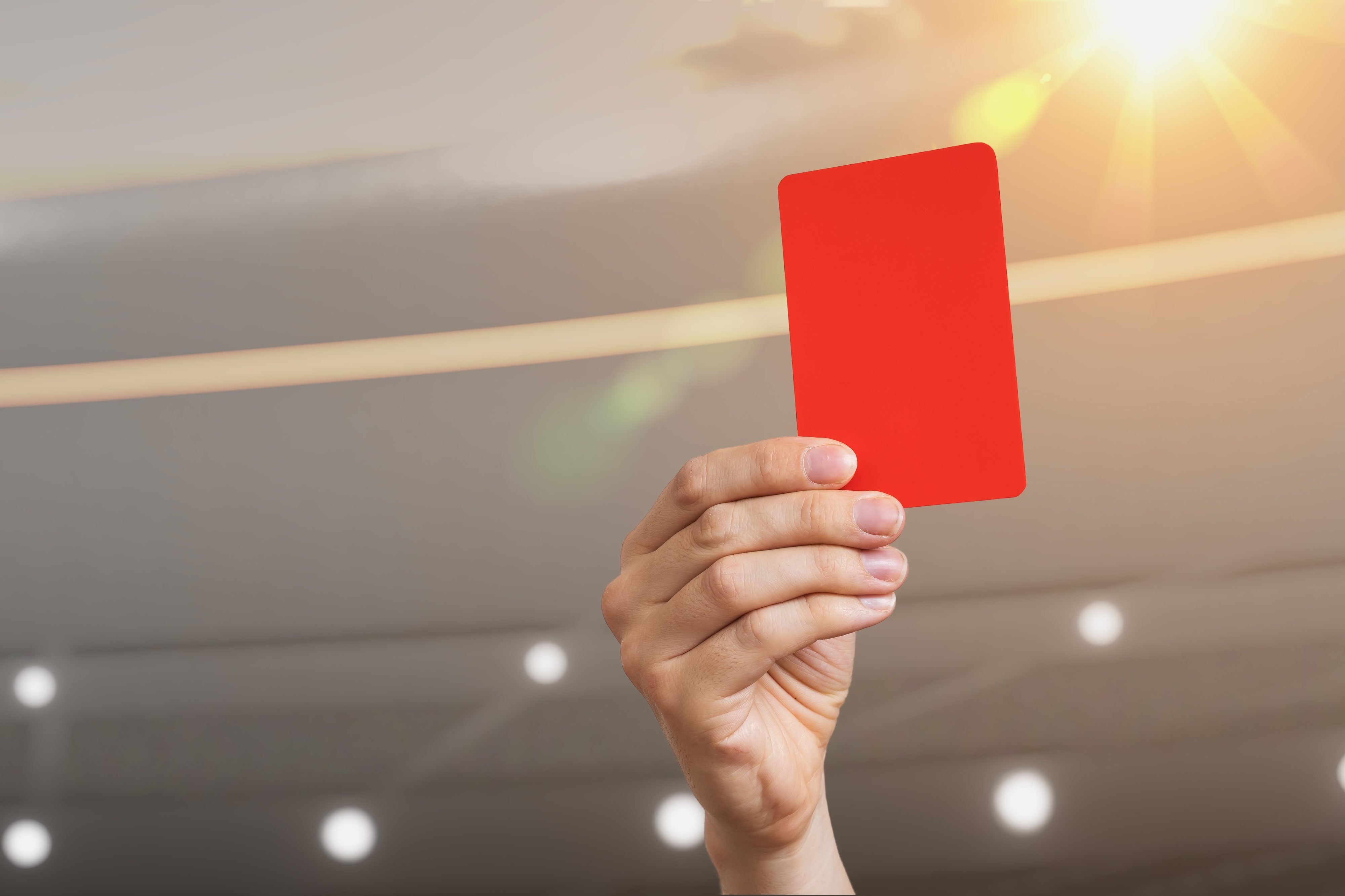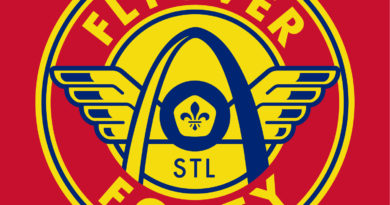Looking at the latest IFAB changes of the laws of the game
New Rules Will be Obvious During This Summer’s International Competitions, Will Take Time to Come to USL
You will notice differences in the Laws of the Game being applied during this summer’s international competitions such as the Women’s World Cup, Copa America, and the Gold Cup. Most will also be adopted in the next league seasons as well around the world, for USL and MLS this likely means 2020. For European competitions, it will be when their seasons’ kickoff in the fall.
IFAB – the International Football Association Board, the lawmakers of the beautiful game, regularly amend the laws. Some changes are quite noticeable and others seem trivial but are important. As a referee myself, I see the sense in some of these changes, but also know the confusion they cause the casual football observer – just like offside remains to many who do not understand the last iteration of the law changes.
Below are short take commentaries of most, but not all, of the changes.
Goal Kicks or Free Kicks in the Penalty Area
Goal kicks are now live as soon as the ball is played and no longer needs to leave the penalty area. All attacking players must be outside the penalty area (effectively 12 yards away) but may advance as soon as the ball is played.
In my opinion, this law is quite overdue. This will allow for faster restarts, building out of the back, and importantly in the youth game, no need for multiple re-kicks when goalkeepers or field players do not have the leg strength to pass the ball out of the area. It also avoids the time-wasting tactic sometimes used by a defender playing a goal kick prior to leaving the area.
Goals Off Hand/Arm Never A Goal, And Other Handball Changes
There are several changes to the handball law – including anytime the ball goes off the hand or arm. First, if a goal is scored after the ball comes off of an attacking player’s hand or arm, or controlled the ball with hand/arm and then scores, it is no goal. Under the old law, the referee would have to determine if such actions were deliberate – hand to ball or ball or hand and if the hand/arm were in a “natural” possession. This change takes all ambiguity out of the situation and will be considered handball.
Also, a handball will now be anytime the ball touches a players hard/arm which makes their body “unnaturally” bigger or if their hand/arm is above their shoulder – even if accidental. This takes away some of the referee’s judgment as it takes out the intent in the definition of handball and should reduce confusion.
There have also been updates as to what is not a handball, including if a player is falling and puts out their arms and happens to touch the ball will not result in a free kick.
Also if the goalkeeper attempts to kick the ball after a restart (throw in or free kick) and it “fails” (presumably goalkeeper kicks the ball straight into the air), they may then pick up the ball if within the penalty area.
Dropped Ball
No more will drop balls be contested. If play is stopped when the ball is not out of play, the ball is dropped to a player of the team that last touched the ball – other players must be 4.5 yards (weird it’s not 5, but oh well) away when dropped and play resumes.
Interestingly, if the ball touches a match official (referee, AR or oddly 4th official) and is scored, possession changes or creates a promising attack, there will be dropped ball. Basically, the referee will no longer be treated as the goal post as neutral.
No More Attackers in Free Kick Walls of 3 or more
All that jostling in the wall on free kicks will be no more if the wall includes three or more defenders. Attacking players must be one yard away from the ball, or they lose possession and the defending team gets an indirect free kick.
Yellows for Celebrations Stand Even if Called Back
In the time of Video Assistant Referees goals may not stand – yet if your celebration is worthy of a yellow card, yet the goal gets call back, you still get your yellow card. Be warned.
Coin Toss Winner Gets A Choice
This goes back when I played in the 1980s. The team that wins the coin toss chooses a side or the ball. If they choose the side, the other team chooses which half they will kick off. Not a big deal, unless you plan to shoot from kickoff.
Team Officials Can Be Shown Cards
In the past, referees could only give players (including substitutes) caution or sending off cards. Under the new law, the referee may show coaches and other team officials cards. Interestingly, if the referee cannot tell who the offender is, the head coach gets the card – even a sending off. One could imagine the offender would confess if their boss was about to get shown a red – or risk a rather unpleasant situation after the match.
Substitutes Leave From Closest Point
Players leaving the field will have to leave by the closest point, or wherever directed to by the referee for safety reasons. This is another attempt to reduce time wasting by winning team substitutes taking more time than necessary to leave the pitch. Players will still enter from midfield.
Final Thoughts
Football/soccer has always been an ever-evolving game, with changes in the laws regularly impacting the game in large and small ways. When I was young, being even with the second to last defender was offside, not today. The new laws, particularly handball and dropped ball, I think are good adjustments that will enhance the game. There will remain confusion and judgment on many calls – and it will take time for people (particularly casual fans) to adjust to them.
For a full summary of IFAB’s changes to the Laws, click HERE.





